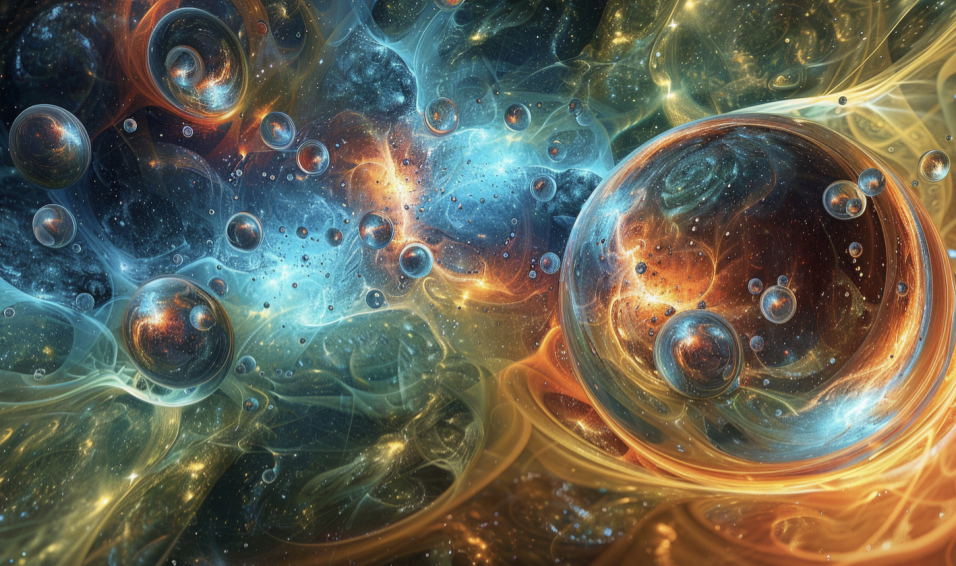The Laws of Thermodynamics VSI
The Laws of Thermodynamics
A sneeze in a loud street (energy added to a hot system) causes less disruption than one in a quiet library (energy added to cold system)
Carnot’s formula for max efficiency \(= 1 - T_\mathrm{sink} / T_\mathrm{source}\)
Technical words
- system, surroundings, universe
- open, closed
- diathermic (conducts), adiabatic (insulates)
- work = motion against an opposing force (orderly linear motion vs. heat)
- quality and quantity of work (linear vs chaotic motion)
- energy - capacity to do work
- heat - transfer of energy as a result of a temperature difference = mode of transfer of energy, via random motion
- spontaneous
- reversible
- work = motion against an opposing force
heat capacity C = heat supplied / change temp (low C means small amount of heat produces a big temp change)
fluctuation-dispersion theorem: the ability of a system of absorb (dissipate) energy is proportional to the magnitudes of the fluctations about its mean value in a corresponding property [at low T all the atoms are in a low energy state, little dispersion, so low heat capacity]
Boltzman’s distribution by energy level state is exponential with mean \(k/T=\beta\)
p51 on efficiency
p73 Gibb’s energy and freeze/melt/vaporize
p84 Spin and getting to absolute zero
heat is the transfer of energy that makes use of the random motion of atoms
work is the transfer of energy that makes use of the uniform motion of atoms
GPT notes
| Quantity | Definition | SI Unit | Fundamental Units |
|---|---|---|---|
| Pressure (P) | Force per unit area | Pascal (Pa) | kg·m⁻¹·s⁻² |
| Volume (V) | Amount of space occupied | Cubic meter (m³) | m³ |
| Temperature (T) | Measure of the average kinetic energy of particles | Kelvin (K) | K |
| Entropy (S) | Measure of disorder or randomness | Joule per Kelvin (J/K) | kg·m²·s⁻²·K⁻¹ |
| Enthalpy (H) | Total heat content of a system | Joule (J) | kg·m²·s⁻² |
| Helmholtz Free Energy (F) | Energy that can be converted into work at constant T and V | Joule (J) | kg·m²·s⁻² |
| Gibbs Free Energy (G) | Maximum amount of non-expansion work from a closed system | Joule (J) | kg·m²·s⁻² |
This representation highlights how each unit can be broken down into the fundamental SI units of kilograms (kg), meters (m), seconds (s), and Kelvin (K), providing a clear and concise understanding of the basic dimensions involved in thermodynamic measurements.
- Entropy generally increases with temperature. As temperature increases, the thermal energy available to a system also increases, allowing the molecules or particles within the system to explore a greater number of microstates. This increase in the number of accessible microstates leads to an increase in entropy, as there are more ways for the system’s energy to be distributed. In essence, higher temperatures correspond to greater molecular motion and disorder, both of which contribute to higher entropy.
- Entropy and Enthalpy: The second law of thermodynamics states that in any spontaneous (happens on its own, doesn’t need work) process, the total entropy of the system and its surroundings always increases. The change in enthalpy (\(\Delta H\)) and the change in entropy (\(\Delta S\)) are related to the change in Gibbs free energy (\(\Delta G\)) by the equation \(\Delta G = \Delta H - T\Delta S\), at constant temperature and pressure.
- Helmholtz and Gibbs Free Energies: The Helmholtz free energy (\(F\)) is used to describe systems at constant temperature and volume, where \(F = U - TS\), with \(U\) being the internal energy of the system. Gibbs free energy (\(G\)) is used for processes at constant temperature and pressure, where \(G = H - TS\). These functions predict the direction of chemical reactions and phase changes.
- The cooling of the universe is indeed observed through the cosmic microwave background (CMB) radiation, which is a relic from the Big Bang, now cooled to just a few degrees above absolute zero. However, the concepts of universal cooling and entropy increase, as described by thermodynamics, address different aspects of physical processes.
- Cooling Universe: The expansion of the universe leads to the cooling of the cosmic microwave background radiation. As the universe expands, the wavelength of the CMB radiation stretches, lowering its temperature. This is a direct observation confirming the expansion and cooling of the universe over time.
- Increasing Entropy: Despite the cooling, the total entropy of the universe increases. The expansion of the universe creates more space, allowing for more possible configurations (microstates) of matter and energy, thus increasing the overall entropy. The dispersal of energy into ever-larger volumes means the disorder (or entropy) of the universe increases. The process of cooling does not contradict the principle of increasing entropy. In the context of the universe, as it expands and cools, the distribution of energy becomes more spread out and less concentrated, which is associated with an increase in entropy. This is consistent with the Second Law of Thermodynamics, which states that the entropy of an isolated system not in equilibrium will tend to increase over time, approaching a maximum value at equilibrium.
- The triple point of water is a specific temperature and pressure at which water can exist simultaneously in three phases: solid, liquid, and gas. This condition represents a unique set of circumstances where the three phases of matter are in equilibrium. It is defined at exactly 0.01°C (273.16 K) and a pressure of 611.657 pascals. The triple point serves as a fundamental fixed point in the International Temperature Scale, providing a precise standard for calibrating thermometers.
Deets
- Peter Atkins
- Volume 226
- Published 2010
